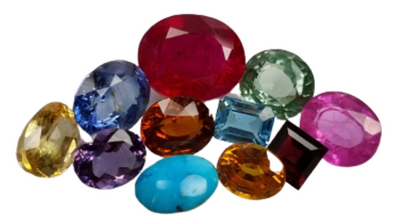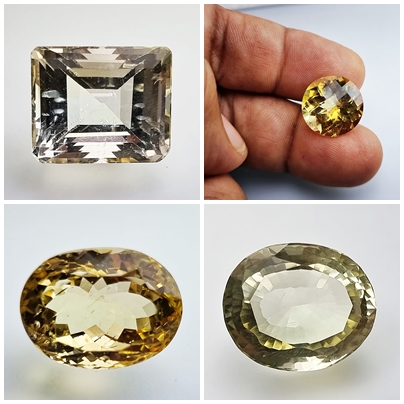Scapolite: Gemstone Information
Scapolite is a fascinating mineral with a rich history and a range of unique properties that make it valuable both scientifically and aesthetically. Here’s a detailed exploration of scapolite, covering its properties, occurrences, uses, and value.
Properties:
Scapolite is a complex aluminosilicate mineral with a general formula of (Na,Ca)₄(Al₂Si₂)₈O₂₄(Cl,CO₃,SO₄). It crystallizes in the tetragonal or monoclinic crystal system, forming prismatic or tabular crystals. The mineral exhibits a wide range of colors, including yellow, orange, pink, violet, gray, and colorless varieties. It typically has a vitreous to greasy luster and a hardness ranging from 5 to 6 on the Mohs scale, making it suitable for use in jewelry and decorative objects.
Occurrences:
Scapolite is found in metamorphic rocks, particularly those subjected to regional metamorphism. It occurs in a variety of geological settings, including marbles, skarns, granulites, and gneisses. Major deposits of scapolite have been discovered in regions such as Canada, Tanzania, Madagascar, Brazil, Afghanistan, and Myanmar. The mineral often forms as a result of the metamorphism of calcareous rocks rich in sodium and aluminum under high-pressure and temperature conditions.
Uses:
Scapolite has several practical and aesthetic uses owing to its attractive colors and relative hardness.
Some common applications include:
Gemstone: Certain varieties of scapolite, particularly those with intense colors such as violet or yellow, are cut and polished for use as gemstones. These gemstones are primarily used in jewelry, including rings, earrings, pendants, and necklaces.
Ornamental Stone: Scapolite’s vibrant colors and attractive appearance make it a popular choice for ornamental objects and decorative items such as sculptures, vases, and tabletops.
Metaphysical Properties: In metaphysical practices, scapolite is believed to possess healing properties that promote mental clarity, emotional balance, and spiritual growth. It is said to enhance self-confidence, encourage positive thinking, and facilitate communication.
Value:
The value of scapolite varies depending on factors such as color, clarity, size, and overall quality of the specimen. Gem-quality scapolite with intense colors and minimal inclusions commands higher prices in the market. Prices can range from a few dollars per carat for lower-quality specimens to several hundred dollars per carat for top-quality gemstones. Large, well-cut scapolite gemstones with vivid colors are particularly sought after by collectors and jewelry enthusiasts, contributing to their higher market value.
Conclusion:
Scapolite is a versatile mineral with a range of attractive colors and properties that make it valuable both scientifically and aesthetically. Its occurrence in various geological settings worldwide provides ample opportunities for exploration and extraction. Whether used as a gemstone, ornamental stone, or for its metaphysical properties, scapolite continues to captivate individuals with its beauty and versatility. As appreciation for rare and unique gemstones grows, scapolite remains a noteworthy addition to the world of minerals and gemstones.





